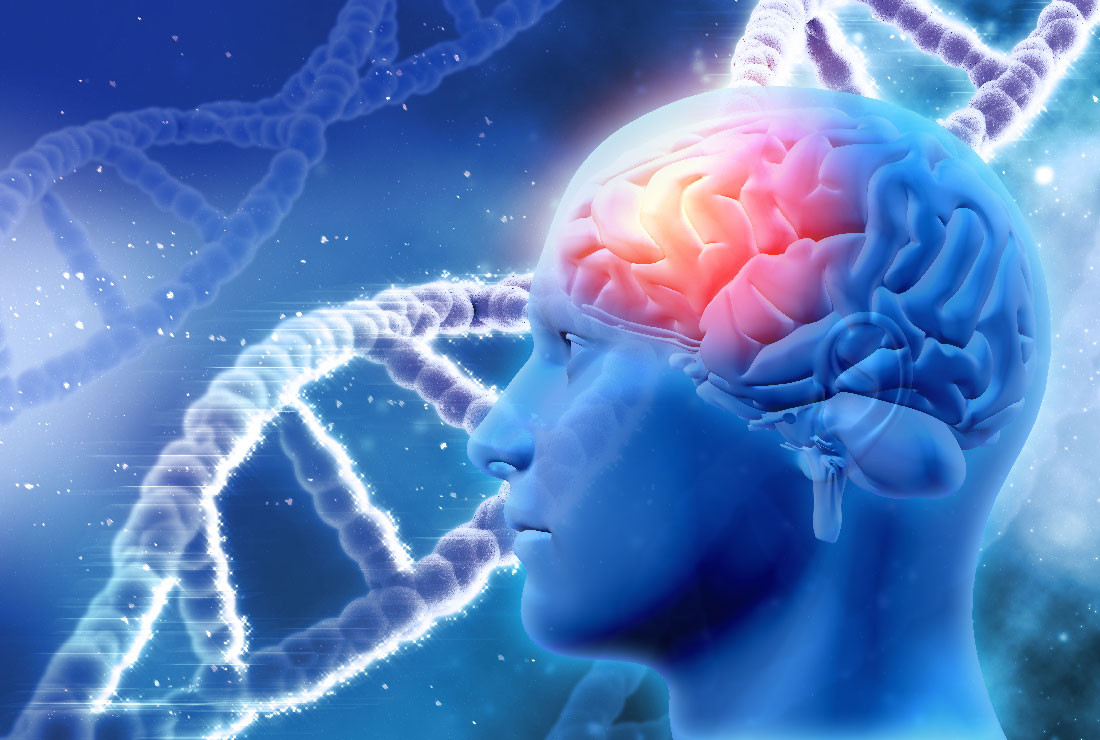Monomodal Visual Amnesia: Symptoms, Causes, Treatment
What are the symptoms of monomodal visual amnesia?
Monomodal visual amnesia is a rare condition characterized by the inability to remember visual information despite having normal memory for other types of information. The symptoms of monomodal visual amnesia can vary depending on the underlying cause and the extent of brain damage, but they may include:
- Difficulty Recognizing Faces: People with monomodal visual amnesia may have difficulty recognizing familiar faces, including those of family members, friends, or colleagues. This difficulty may extend to celebrities or public figures.
- Difficulty Remembering Objects: Individuals with monomodal visual amnesia may have trouble remembering specific visual details of objects, such as their shape, color, or size. This can make it challenging to navigate daily tasks that require visual memory, such as finding objects in a cluttered environment.
- Normal Memory for Other Information: Despite their difficulty with visual memory, people with monomodal visual amnesia typically have normal memory for other types of information, such as verbal or auditory information. This means that they may be able to remember conversations, events, or facts without difficulty.
- Difficulty Navigating: Some individuals with monomodal visual amnesia may have difficulty navigating in familiar or unfamiliar environments. This can be due to their inability to remember visual landmarks or cues that help with orientation.
- Impaired Ability to Form New Visual Memories: In addition to difficulty remembering past visual information, people with monomodal visual amnesia may also have trouble forming new visual memories. This can impact their ability to learn and remember new faces, objects, or environments.
It’s important to note that the symptoms of monomodal visual amnesia can vary widely among individuals, and not all symptoms may be present in every case. The condition is rare, and further research is needed to better understand its causes and treatment options. If you think you have monomodal visual amnesia, it is best to consult a specialist.
What are the causes of monomodal visual amnesia?
Monomodal visual amnesia is a rare neurological condition, and its exact causes are not well understood. However, it is believed to result from damage to specific areas of the brain that are involved in processing visual information and memory. Some possible causes and contributing factors for monomodal visual amnesia include:
- Brain Injury: Traumatic brain injury, such as a blow to the head or a penetrating injury, can damage the brain areas responsible for visual memory, leading to monomodal visual amnesia.
- Stroke: A stroke that affects the occipital or temporal lobes of the brain, which are involved in processing visual information, can result in monomodal visual amnesia.
- Neurological Disorders: Certain neurological disorders, such as Alzheimer’s disease, dementia, or encephalitis, can cause damage to the brain areas involved in visual memory, leading to monomodal visual amnesia.
- Surgery: Brain surgery or other surgical procedures that involve the occipital or temporal lobes of the brain can result in damage to the visual memory centers, leading to monomodal visual amnesia.
- Genetic Factors: In some cases, genetic factors may predispose an individual to developing monomodal visual amnesia, although the specific genes involved are not yet known.
- Infections: Infections of the brain, such as meningitis or brain abscesses, can cause damage to the brain areas involved in visual memory, leading to monomodal visual amnesia.
- Toxic Exposure: Exposure to toxins or chemicals that affect the brain, such as certain drugs or environmental toxins, can lead to damage to the visual memory centers and the development of monomodal visual amnesia.
It’s important to note that monomodal visual amnesia is a rare condition, and further research is needed to better understand its causes and risk factors. Treatment for monomodal visual amnesia typically focuses on managing symptoms and addressing any underlying causes, such as brain injury or neurological disorders.
What is the treatment for monomodal visual amnesia?
There is no specific treatment for monomodal visual amnesia, as it is a rare and poorly understood condition. Treatment typically focuses on managing symptoms and addressing any underlying causes that may be contributing to the condition. Here are some approaches that may be considered:
- Cognitive Rehabilitation: Cognitive rehabilitation programs may help improve memory, attention, and other cognitive functions affected by monomodal visual amnesia. These programs typically involve exercises and strategies to help improve memory and cognitive skills.
- Visual Aids: Using visual aids such as calendars, organizers, and reminder systems may help individuals with monomodal visual amnesia manage daily tasks and routines more effectively.
- Environmental Modifications: Making modifications to the individual’s environment, such as using labels or color-coded cues, can help provide visual cues and reminders to aid in memory and navigation.
- Medication: In some cases, medications such as cholinesterase inhibitors, which are commonly used to treat Alzheimer’s disease, may be prescribed to help improve memory and cognitive function.
- Speech and Language Therapy: Speech and language therapists can help individuals with monomodal visual amnesia improve communication skills and develop strategies to compensate for memory deficits.
- Occupational Therapy: Occupational therapists can help individuals with monomodal visual amnesia develop strategies to manage daily activities and tasks more effectively.
- Supportive Care: Providing emotional support and counseling can help individuals cope with the challenges of living with monomodal visual amnesia.
It’s important for individuals with monomodal visual amnesia to work closely with a healthcare team that includes neurologists, neuropsychologists, and other specialists to develop a comprehensive treatment plan tailored to their specific needs. The goal of treatment is to improve quality of life, maximize independence, and help individuals manage the symptoms of monomodal visual amnesia as effectively as possible.




